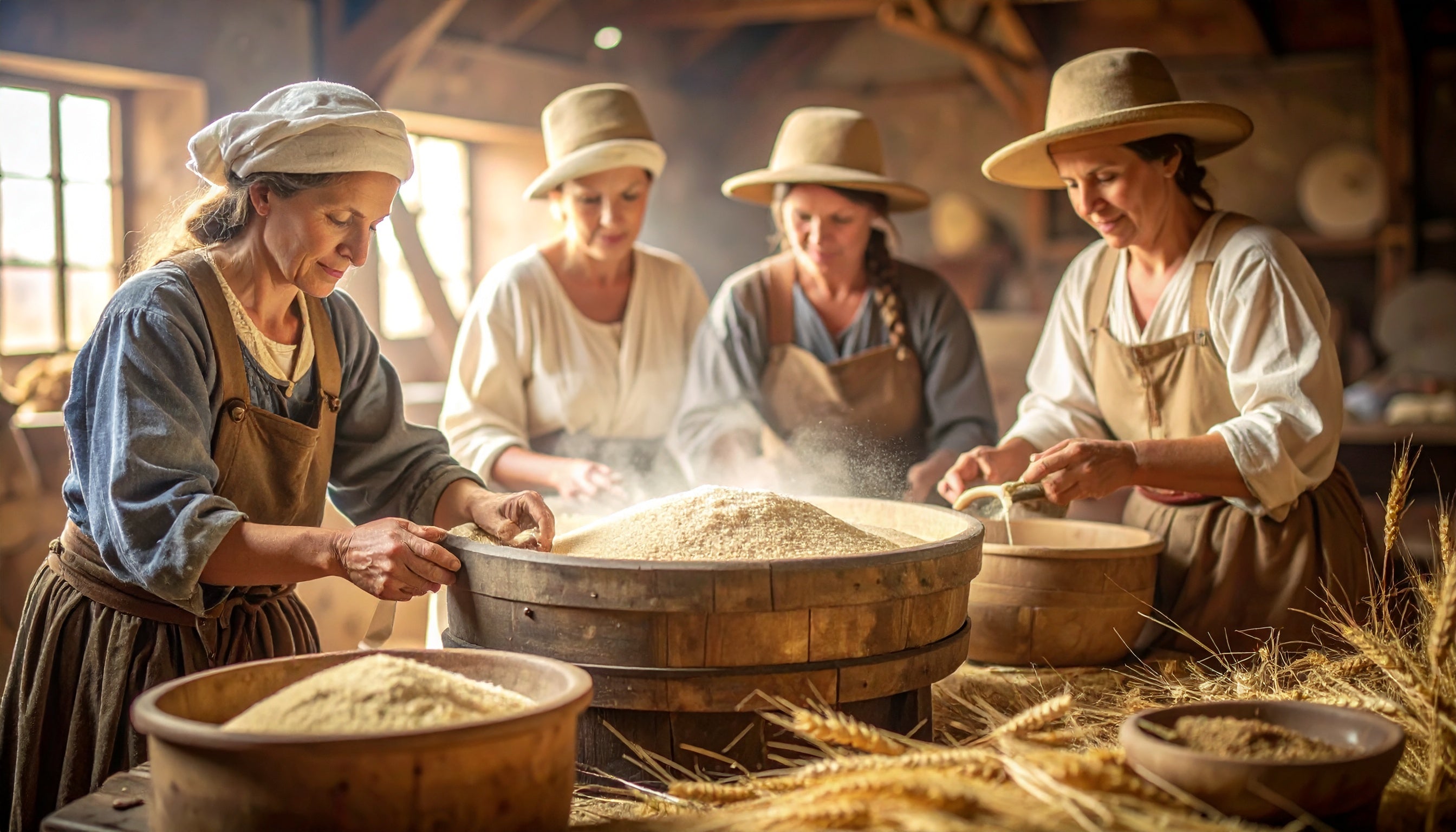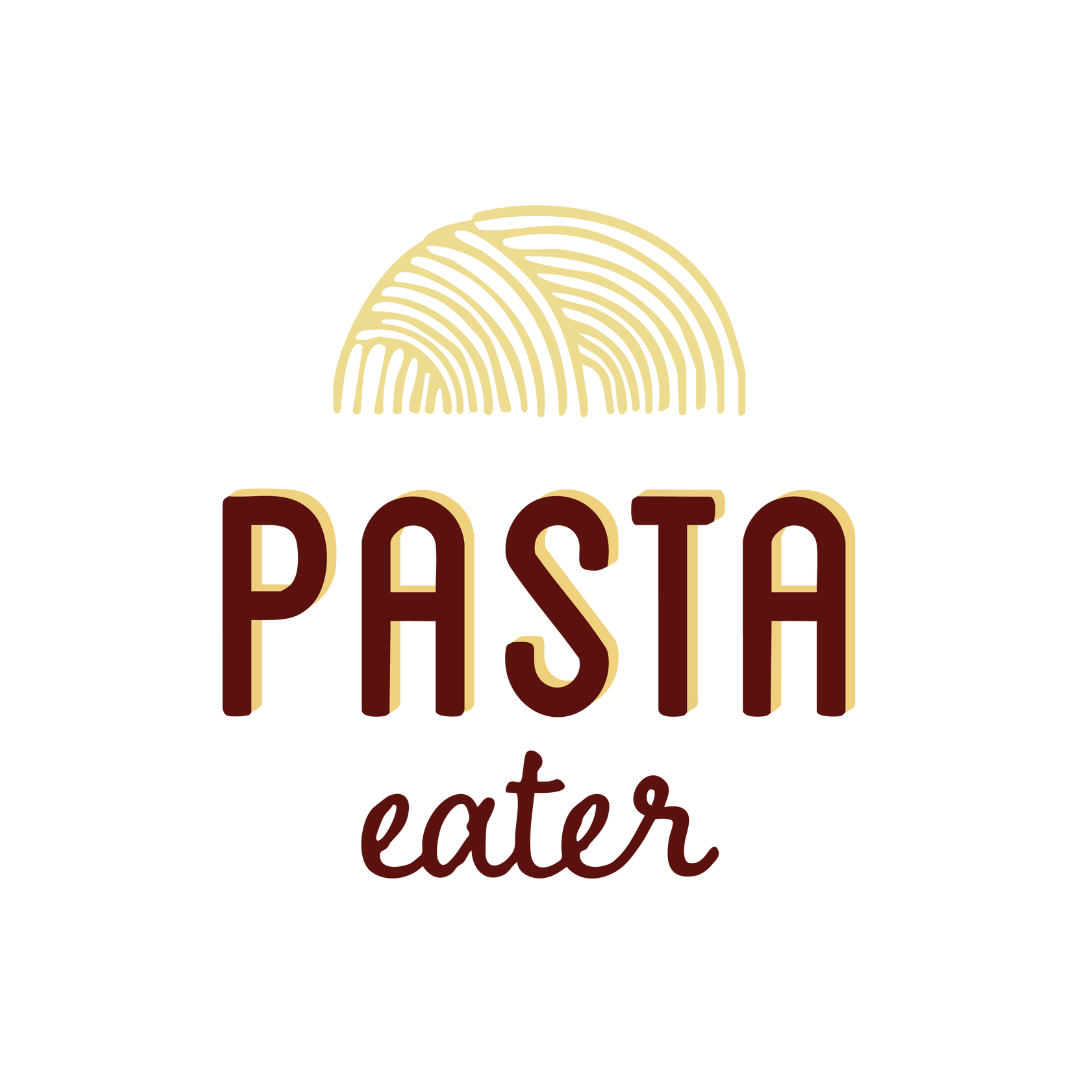Pasta is one of the most widely consumed and loved foods in the world.
But have you ever wondered where it actually comes from?
While many people immediately associate pasta with Italy — and for good reason — its history is long, complex, and full of fascinating twists. From ancient civilizations to modern kitchens, pasta has traveled across time and cultures to become the culinary icon we know today.
Ancient Origins: A Food Older Than You Think
Pasta’s roots may go back further than most people realize. Historians have found evidence of pasta-like dishes as far back as 4,000 years ago in ancient China, where early forms of noodles were made with millet. Meanwhile, the Greeks and Romans also consumed dough-based foods that resemble modern pasta, such as laganum — flat sheets of dough cut into strips, a precursor to today’s lasagna.
Did Marco Polo Really Bring Pasta to Italy?
A popular myth credits Venetian explorer Marco Polo with bringing pasta to Italy from China in the 13th century. While this story is charming, most historians agree it’s not accurate. Pasta was already present in Italy before Polo’s travels. Documents from Sicily dating back to the 1100s describe a type of dried pasta called itriyya, suggesting that pasta was already being produced and exported from southern Italy.
The Arab Influence on Pasta’s Evolution
Arab traders and settlers played a crucial role in shaping what we now recognize as pasta. During the Arab rule in Sicily (9th–11th centuries), they introduced techniques for drying dough, which allowed pasta to be stored and transported over long distances. This innovation was essential for pasta’s development as a staple food, especially in warm Mediterranean climates.
Pasta Takes Root in Italy
As pasta spread throughout Italy, it became deeply embedded in regional cultures. Each area developed its own shapes, sauces, and cooking methods — from Naples’ spaghetti with tomato sauce to Bologna’s famous tagliatelle al ragù. The availability of durum wheat in southern Italy was perfect for producing dried pasta, while fresh egg pasta flourished in the north.
Industrialization and the Global Rise of Pasta
In the 19th and 20th centuries, pasta production became industrialized, allowing it to reach a broader audience. Italian immigrants also brought their pasta-making traditions with them to countries like the United States, Argentina, and Australia. As a result, pasta became a global phenomenon — easy to cook, affordable, and endlessly versatile.
Pasta Today: Tradition Meets Innovation
Today, pasta continues to evolve. While many people still cherish traditional recipes, there’s a growing trend toward gluten-free and plant-based pasta alternatives. Artisanal producers, like us at Pasta Eater, are reviving age-old techniques while embracing innovation. Whether handmade daily or extruded through bronze dies, pasta remains a symbol of comfort, connection, and cultural pride.
More Than Just a Dish
Pasta’s journey from ancient grains to Italian kitchens — and then to the world — is a story of adaptation, innovation, and identity. It represents far more than a plate of food; it’s a living link to our history, a marker of regional culture, and a staple that brings people together across borders. At Pasta Eater, we honor that legacy with every bite.

